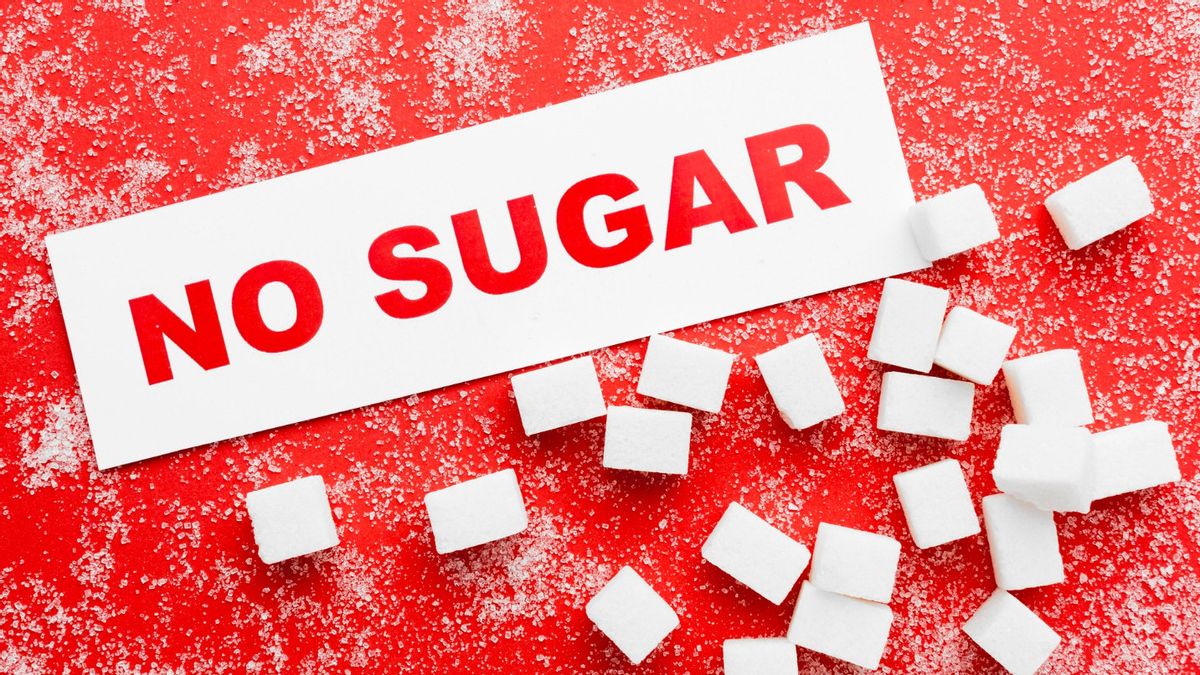YOGYAKARTA Packaged drinks provide information on the production process with the label listed on the packaging. For those of you who need to limit sugar consumption, it is necessary to be selective in understanding the meaning of the label listed on the product packaging.
You should know, it turns out that food and beverage labels are complicated to understand. Launching the Heart page, Tuesday, March 7, the FDA (Food & Drug Administration) regulates claims for health and nutritional content listed on packaging. In 2016, the FDA revised the Nutrition Fact label to register for total Sugars and Added Sugar. Most manufacturers started using a new label format from the FDA starting 2020. But some food makers need to revise it until mid-2021.
Some of the evidence notes that there are major changes that also affect people making healthy choices. But there are still many manufacturers who use additional nutrition, although it can be checked through labels written on the packaging. However, reading the nutritional label and compositional ingredients on the packaging is the best way to know and limit how much additional sugar is.
To distinguish a label that says sugar free or no added sugar, you need to recognize some general terms. According to the FDA, claims of nutritional content describe the amount of sugar in the product using terms such as free' and lower' or comparing the nutritional level in a product with other products using other terms such as reduced' and LESS".
For example, drinks with sugar-free labels contain less than 0.5 grams of sugar, either natural or added. If the label reduced sugar is at least 25 percent less sugar than the regular version of the product. While the no added sugar, no sugar or sugar-containing ingredients are added during processing or packaging.
But you also need to anticipate. Products with sugar clains, often contain a substitute for low-calorie sugar or sweeteners. This is how they can contain less sugar but maintain the sweet taste expected in foods or drinks.
Researchers in one study were shocked to find that some products with low nutritional claims actually have more nutrition than products without such claims. Or a product may have fewer unhealthy but too many other nutrients - meaning overall, that's not a better choice. The researchers concluded that it could be misleading to make decisions about products based on package claims.
So how to make a healthy food and drink product choice? In addition to choosing a product with a healthy composition, you are also required to know the daily limits recommended by medical and nutritionist for additional sugar. This means building a diet that has many vegetables and fresh fruit. Most daily menus, choose low sugar and nutrient solids. Including reducing or limiting sugary drinks including soda, sweet tea, coffee drinks, energy drinks, sweet juice with added sugar. It's important again, make mineral water the main choice.
The English, Chinese, Japanese, Arabic, and French versions are automatically generated by the AI. So there may still be inaccuracies in translating, please always see Indonesian as our main language. (system supported by DigitalSiber.id)








